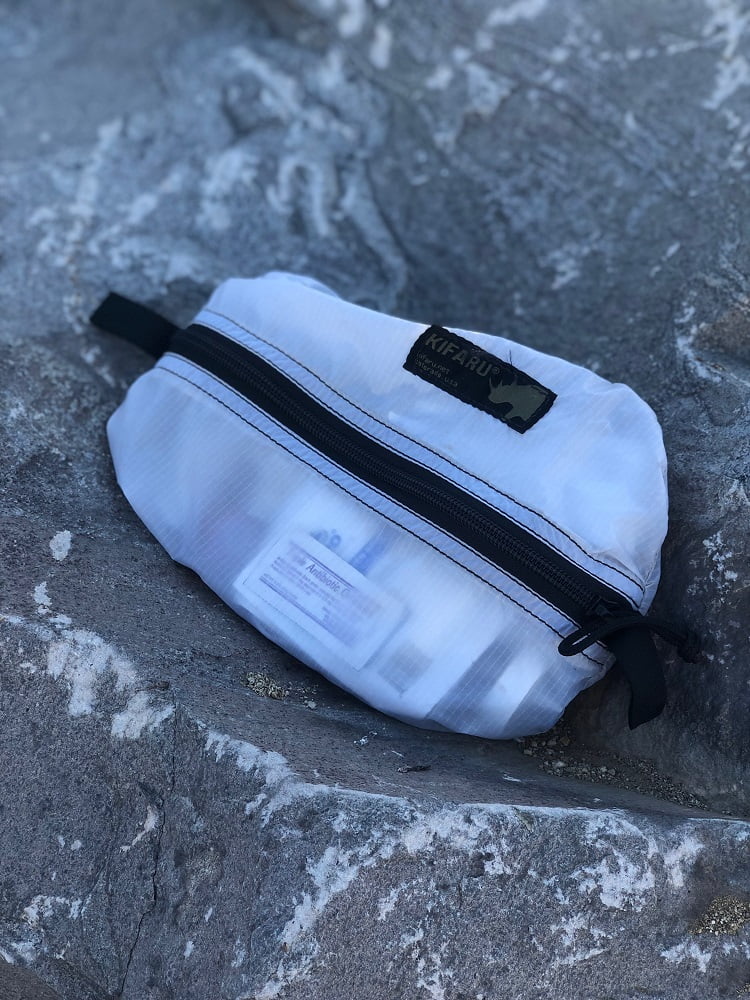
With a long career as a paramedic, Travis Bertrand has learned a thing or two about first aid. In this article, he goes over what he carries in his backcountry kit for not only first aid but also for survival.
Backcountry First Aid & Survival Kits
Last edited:


